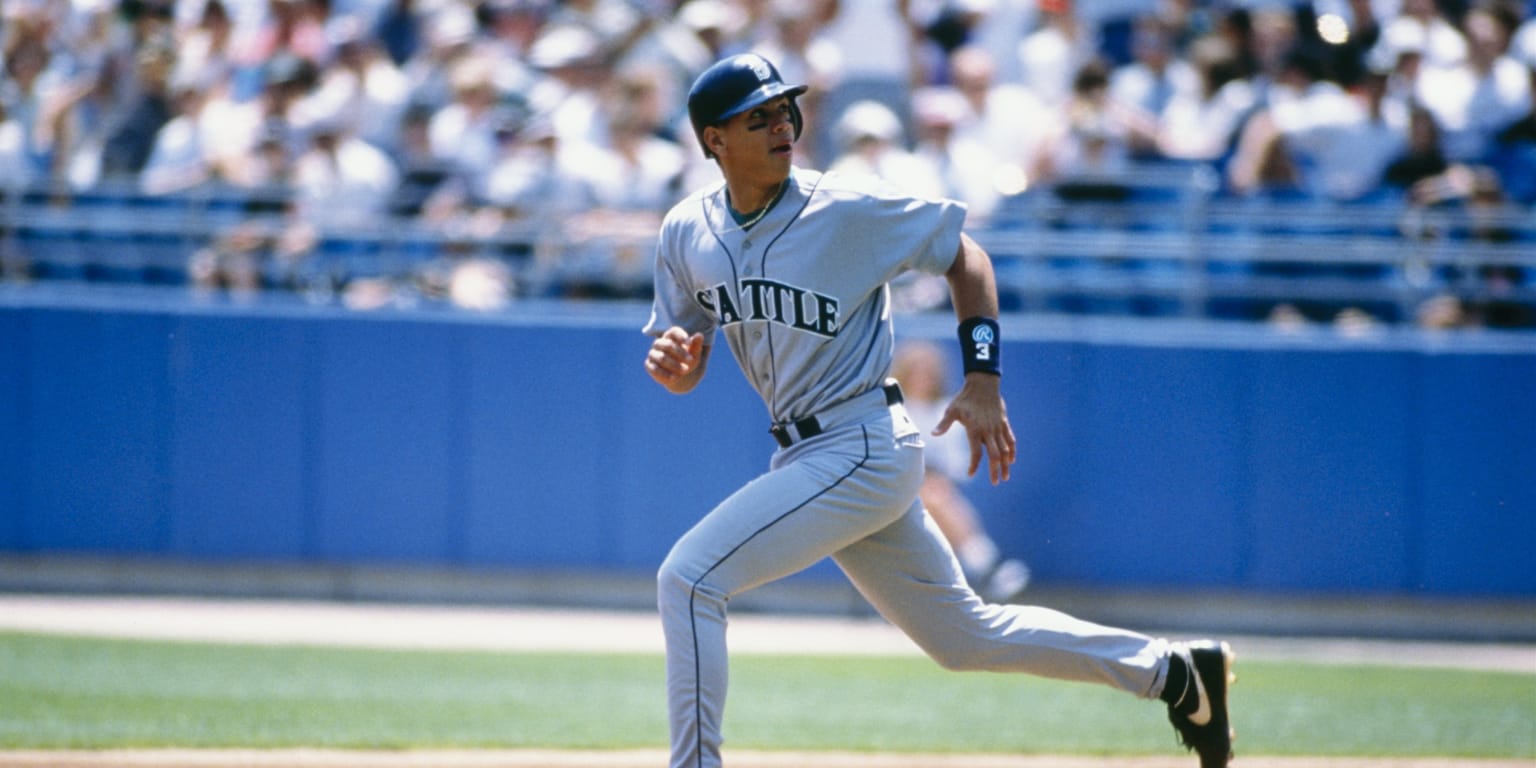SEATTLE — Alex Rodriguez will be remembered not only as one of the greatest players of his generation, but of all time.
A-Rod is on the Hall of Fame ballot for the first time this year, and his candidacy is intriguing, given the impact he had on the game and the controversy created after he acknowledged – late in his career – have used prohibited substances.
Regardless, his accomplishments are plain to see: A total of 696 home runs and 2,086 RBIs (fourth both in AL/NL history) and 117.5 WAR, according to Baseball-Reference (12th best). A-Rod also helped change the perception of shortstops, who would no longer be seen as star-gloved singles hitters, but as powerful run producers.
Many remember the best of his 22 years in the Majors – MVP awards in 2003, 2005 and 2007 and the World Series title in 2009 – but A-Rod was well on his way to the Hall of Fame during his years in Seattle. , between 1994 and 2000, when he began his career with great expectations and surpassed them one after another.
With all 13 players on the ballot this year, MLB.com is taking a look at the most iconic, memorable or interesting campaign for each of them. Since Rodriguez had plenty to choose from, he falls into the latter category, specifically because of his 1996 season with the Mariners.
That year, Rodríguez hit .358/.414/.631 (1.045 OPS) with 36 homers, 123 RBIs and a 9.4 bWAR. He finished second behind the Rangers’ Puerto Rican Juan “Igor” Gonzalez in the AL MVP voting, a highly questionable choice when viewed in hindsight.
When you consider how young he was — he turned 21 on July 27 of that year — A-Rod’s 1996 campaign looks even more impressive. Rodriguez became the third-youngest player to win the AL batting title, trailing only Al Kaline in 1955 and Ty Cobb in 1907. His .358 batting average was the highest ever for a hitter. right-hander from another game icon, Joe DiMaggio, who hit .381 in 1939. Rodriguez also earned the first of his 14 All-Star appearances and became the youngest shortstop in Midseason Classic history.
“Is the best. I don’t get to his level,” Ken Griffey Jr. told Sports Illustrated in those days. “He works hard and he’s a smart guy. I think you are in the right situation. All you have to do is listen and learn the game. Everyone knows that he will be a very special player”.
Among other notable numbers, Rodríguez led the NL in runs scored (141), total bases reached (379), doubles (54) and grand slams (three), while also among the MLB leaders in hits (third, 215), extra-base hits (third, 91), two-hit games or more (fourth, 65), slugging percentage (fifth, .631), on-base percentage (12th, .414) and RBIs (13th, 123). In addition, at the time, he had his best marks in runs scored, hits, doubles, extra-base hits and slugging for a player who exclusively defended shortstop.
He also set records for the Mariners in batting average, runs, hits, doubles and total bases, though some of those marks were later broken — primarily by Ichiro Suzuki — who came to Seattle in 2001, right after the Rodriguez’s departure.
“He’s the kind of guy you can build the organization around,” teammate Jay Buhner told Sports Illustrated. “There aren’t many like that. It’s like Griffey. It does everything and it does it naturally.”
The 1996 show began on Opening Day, when Rodriguez hit a gold single down the channel between Kingdome right-center field to emphatically announce his arrival. He hit ninth that day, but he wouldn’t last long in the bottom of the lineup. After the first month of the season, manager Lou Piniella moved A-Rod into the second spot ahead of Griffey, Edgar Martinez and Buhner, part of one of the most fearsome quartets in the league.
Of course, what A-Rod did in 1996 wasn’t a surprise, but it was after three tough years in professional baseball after being taken with the first overall pick in the 1993 Draft. He was probably the most hyped prospect in the game. since teammate Griffey Jr. six years earlier, but his first stint in the big leagues wasn’t exactly stellar. In 65 games between 1994 and 1995, he had a .609 OPS and a 29.8% strikeout rate, moving up and down in the minors. That winter, he spent what he would describe as “the toughest experience of my life” playing winter ball in the Dominican Republic, where he batted .179 for the Leones del Esgido.
An important part of Rodríguez’s growth, in Piniella’s eyes, was the maturity he showed during the 1995 postseason. Rodríguez was in the on-deck circle when Martínez hit the double that sealed the Division Series against the Yankees, and it was he who he motioned for Griffey to slide into the plate. But A-Rod’s role that October was basically bench player, coming in as a pinch runner or filling in for someone injured.
“Even though we all knew he was going to be our shortstop of the future, putting him in the starting lineup wouldn’t have been fair to the other guys on the field, or to Alex,” Piniella told Sports Illustrated. “Our veterans were doing a great job and we were winning…the truth is that Alex was ready. I just needed more turns. But he always had a great attitude.”
A-Rod’s moment would come in 1996. And it went down in history.
.
We want to thank the author of this short article for this amazing material
A-Rod hit it big in 1996.

